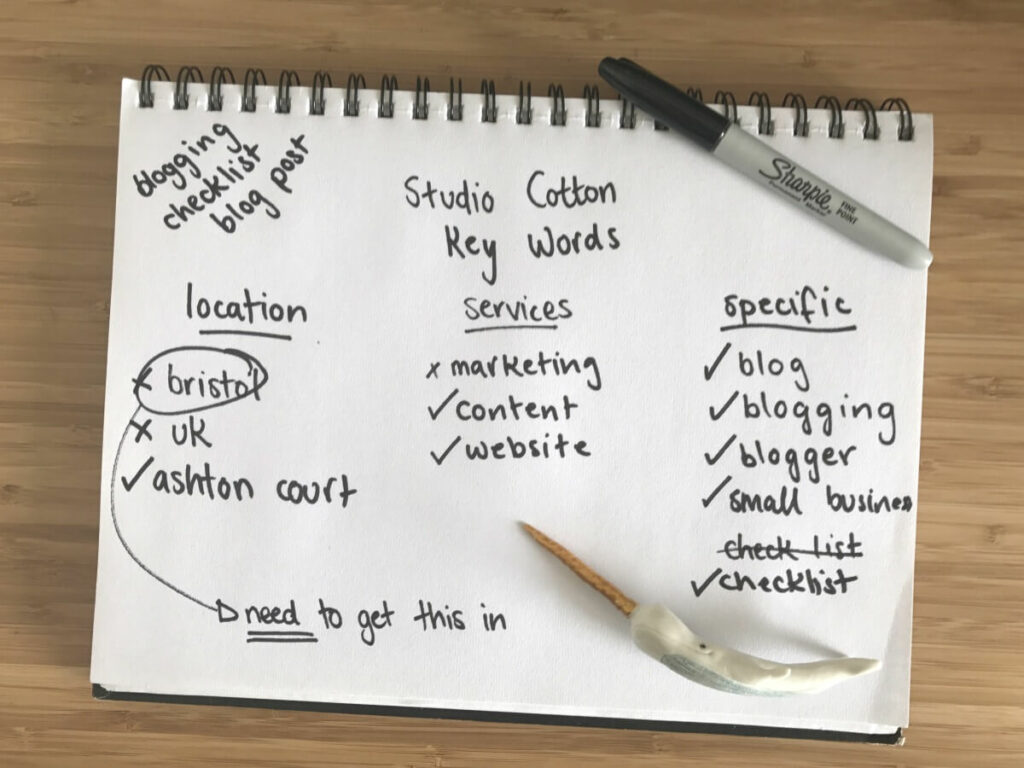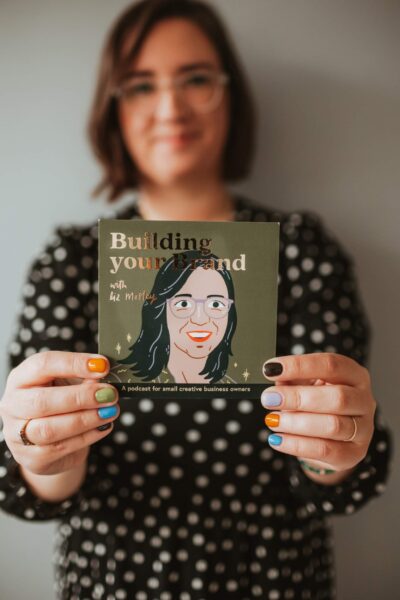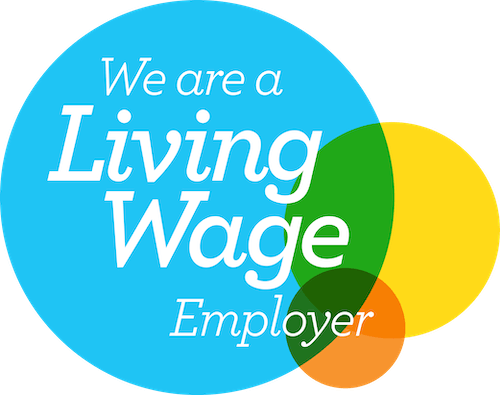Last week I published a post discussing if your small business should have a blog, if that didn’t scare you off, and you’re ready to make the commitment – then you’re going to just love what’s coming next.
I’ve pulled together a rather comprehensive checklist of blogging tips that can (and should) be applied to every blog post you write from now until the end of time. I’ve gathered this advice from years of research and reading blogs upon blogs about blogging – as well as my own personal experience and that of my clients.
If these sound a little out of order – well that’s because this particular article has been developed from a Word document that I’ve been adding to and editing since 2014.
1. Plenty of relevant, interesting subheadings are included
Subheadings are great for reading online as they break up blocks of text, aid quick content scanning and help search engines understand the hierarchy of your content. Remember to use ‘heading 2’, ‘heading 3’ etc for this, do not manually change the font thickness and size.
2. Each subheading is closer to the following paragraph, not the preceding paragraph
Or halfway between the two. This avoids floating text, increases readability and encourages consistency in your blogging
3. Paragraphs are no more than 3-5 lines
Short, concise paragraphs are easier to scan, digest, and remember. When we say 3-5 lines, we’re not talking sentences.
4. Bold and italicised text is limited to very short statements or single words
This text styling is used for emphasis as it forces the reader to focus. Excessive use actually makes text harder to read and has the opposite effect.

5. Images are used frequently and with context
I talked about this a bit more in my post about making the most of stock photography. Images make blog posts more visually stimulating and can inject personality and humour with ease.
6. Images are legible on mobile devices
Pay special attention to images with a lot of small details and text – like charts and infographics. If it’s not possible to do this, you need to explain the image thoroughly in the text.

Get expert website help in our £15 community
A super simple Slack community where you can ask Aime questions, get feedback, and/or join a live session every fortnight.
7. Images have alt-tags and captions
Alt-tags give those using screen readers a description of the image, and captions should be used to contextualise the image. Both contribute towards search engine optimisation and getting your website ranked higher.
8. Statements, references, or ‘read more’ points are hyperlinked to external websites
The more your site is interlinked with other relevant sites, the more evidence Google has to rank your website highly. It also gives you a higher chance of being spotted by customers and suppliers that can see your website sending them new visitors.
9. You’re being as generous as possible
Generosity sells. Go above and beyond when you’re discussing the work of those you admire. Be complimentary, and include links to their work in multiple places. It’s a great way to build relationships and show your passion.
10. Specific persons mentioned, especially those not in the public eye, include their background
You need to set out why this person’s opinion matters, and it helps to align yourself with other experts, e.g. ‘Guillermo Son, print co-ordinator at our favourite graphic design production company, has been creating bespoke business cards since 2003’.
11. Key words have been reviewed
Once you’ve finished writing, go back and make sure you include the main words your small business needs to communicate (location, services, name) as well as repetition of the actual subject matter without becoming non sensical.

12. The audience can get the gist of any video without watching
Video content is a phenomenal tool for communication and engagement. However, some people will never watch videos, and some people catch watch right now. Your blog post should outline the challenge, solution and include key impressive quotes.
13. The blog post looks nice
Preview your article and make sure it actually looks good. Check for formatting errors and review how the content balances with your brand identity.
14. It has a clear beginning, middle and end
It’s easy to drift off topic, and it’s hard to close off a post with an effective conclusion. Sticking to the most simple of story structures will keep your post more professional and less rambling.

15. Above all else; context, relevance and value
Most importantly, you need to make sure the answer to the following questions is ‘yes’.
- Would my target audience care about this?
- Can my target audience use this information for their benefit?
- Did I deliver value and expertise?
I’ll keep coming back to this post if and when I find more blogging tips. For now, I hope this super, super easy check list for small business blogging helps your brand create great, valuable content a little more effortless. Bristol.























